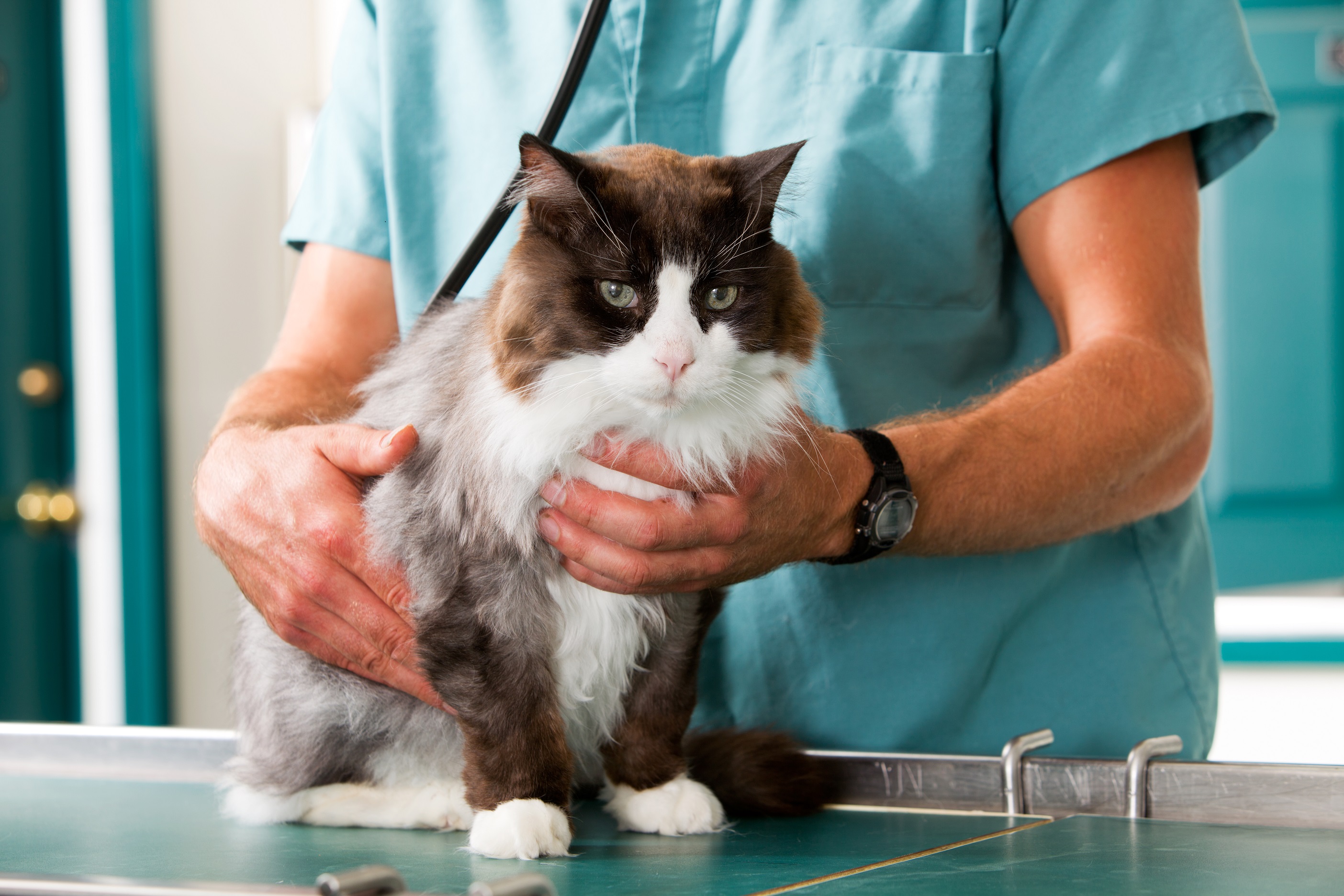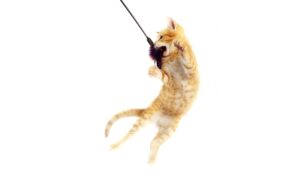2018 U.S. Vet Services Reach $21B
Pet Age Staff //November 6, 2019//
By: The Pet Business Professor
According to John Gibbons, president of A GPS for Pet Businesses, veterinary services is the second largest segment in the pet industry. In recent years, a high inflation rate, over 3.5%, caused a reduction in veterinary visits and put spending on a roller coaster ride. In 2017 inflation slowed markedly (+2.2%) and consumers responded. In 2018 prices turned upward (+2.6%) and spending plateaued. Veterinary services spending in 2018 reached $21.23B, up $0.56B (+2.7%) from 2017, but “real” growth was only 0.1%. In this report, we’ll take a closer look at the demographics behind the 2018 numbers. (Note: All 2018 numbers in this report come from or are calculated by using data from the US BLS Consumer Expenditure Interview Survey, rather than their Diary report. The low frequency of veterinary visits is still generating an exceptionally high variation on the data collected by the Diary method. Interview seems to be a more logical and accurate way to track veterinary service expenditures.)
Veterinary spending per CU in 2018 was $161.51, up slightly from $159.01 in 2017. (Note: A 2018 Pet CU (67%) spent $241.06) More specifically, the increase in veterinary spending came as a result of:
- 1.1% more CU’s
- 0.2% less often
- Spending 1.8% more money
The big spending drop in the first half of 2015 coincided with the upgrade to super premium foods – trading money. Then consumers began value shopping for premium foods. The subsequent savings freed up money for veterinary services. Spending began to climb until it flattened out at the beginning of 2017. In 2017, veterinary inflation slowed markedly in the second half. The result was that spending literally “took off”. In 2018 prices turned up again. Consumers responded by essentially “holding their ground”. There is definitely some price sensitivity in veterinary services spending.
Although not as pronounced as pet services, veterinary spending is driven by income. The lowest income group cut back on spending while the all the other groups increased. The biggest lift came from the $150K+ group – up $0.64B (11.2%). The 25>34 Millennials spending was flat and the 55>74 yr olds, primarily Boomers, spent less. Everyone else spent more.
Veterinary spending increased by $0.56B (+2.7%) in 2018. Considering the 2.6% inflation rate, the “real” increase in the amount of veterinary services was only +0.1%. 2018 was a “mixed bag”; 47 of 82 demographic segments (57.3%) spent more on veterinary services while 35 segments spent less.
There were also some of the “usual” winners like homeowners with mortgages and White, Not Hispanic CUs. However, that doesn’t tell the whole story. There were some truly surprising outcomes.
On the winning side:
- Single person CUs were the winner in 3 separate demographic categories – That never happens! They tend to have fewer pets and generally lower incomes.
On the losing side:
- Adv. College Degrees – Generally have higher income and spend more on their pets, especially on veterinary.
- Married Couple Only – Traditionally the biggest pet spenders.
- Rural – Big spenders in food and veterinary
- Asian – Not big pet spenders but they do have the highest income, so it is not just about money.
You also see strong evidence that points a finger at retirees for the decreases in spending including:
- Retirees: -$0.62B
- Homeowners w/o Mtge -$0.49B
- No earner, 2+ CUs -$0.39B
However, you run into a problem when you recall that the over 75 age group, virtually all retired, was up +$0.31B.
The answer is obvious – the Baby Boomers. After driving the growth of the pet industry since the 1980’s, the Boomers seem to have “stumbled”. Veterinary spending fell -$1.8B but their overall pet spending dropped -$6.5B. Some of this is related to their adult children moving out with their pets. However, the “Boomer Age” may be starting to fade.
In veterinary spending the younger groups definitely stepped up as the Gen Xers (+0.91B) narrowly edged out the Millennials (+0.82B) for the biggest increase. This explains the strong performance by center city and singles. Also, unmarried, 2 adult CU’s spent $0.33B more and married couples with children were up +$0.58B – both younger groups.
Although the younger crew deserve most of the credit for the veterinary money increase, the “Silents” (1929 to 1945) weren’t far behind at +$0.55B. Even the 90+ year old greatest generation spent +$0.03B more. Pet parenting is a lifetime job.
Boomers have the most CUs and are the $ spending leaders. They will be a force in the industry for years to come, but the Gen Xers are the now CU spending leader in total pet and all but food. They seem ready to take their turn at the top.
See full report here.



















